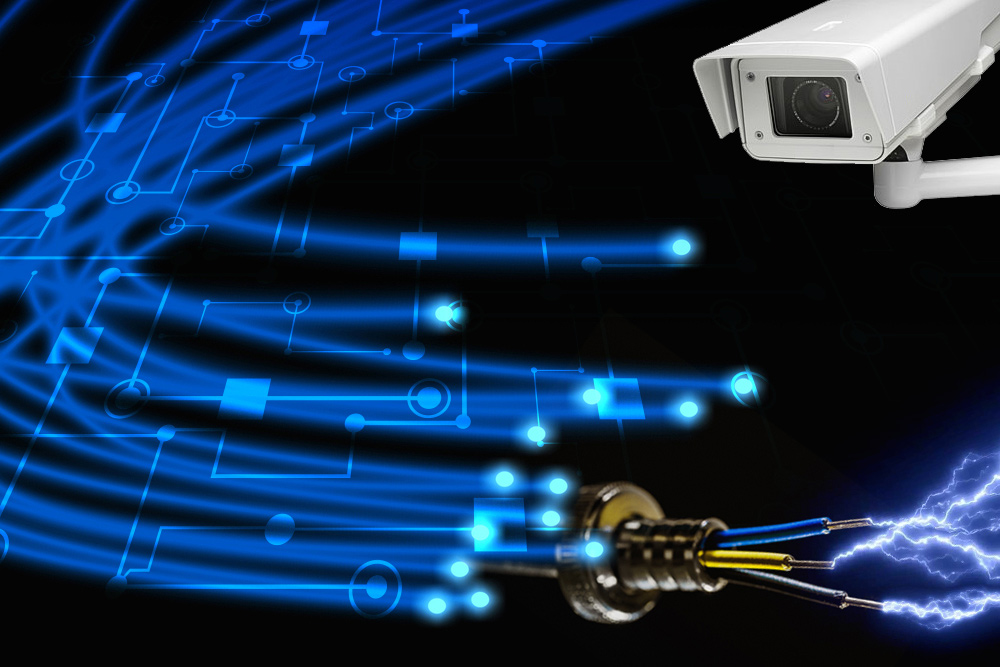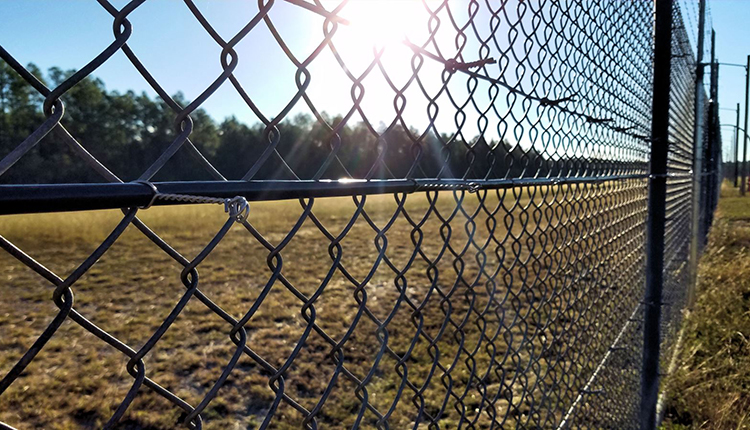How Fiber Security Helps Prevent Unauthorized Access and Improves Monitoring
How Fiber Security Helps Prevent Unauthorized Access and Improves Monitoring
Blog Article
Why Fiber Optic Security Solutions Are the Future of Defense
The shift to fiber optic protection systems notes a significant advancement in the realm of defense, driven by their outstanding information transmission capacities and strength to outside disturbances. These systems not only help with faster and much more reliable interaction but likewise present an economical solution with decreased maintenance requirements. As the landscape of safety and security advances along with emerging modern technologies such as AI and IoT, the capacity for optical fiber to boost and redefine safety and security frameworks comes to be progressively apparent. The ramifications of these innovations elevate essential questions regarding the future of security actions and their performance in an ever-changing environment.
Advantages of Fiber Optic Solutions
One of the key advantages of fiber optic systems is their exceptional data transfer capability, which assists in the transmission of large volumes of information over cross countries without considerable loss. This particular is especially advantageous for safety and security applications that require the continuous tracking and transfer of high-definition video feeds, sensor information, and various other vital details. Fiber optics can fit the growing demands of contemporary safety and security systems, making certain that information continues to be undamaged and trustworthy.
Additionally, fiber optic wires are much less prone to electromagnetic disturbance, which can be a significant problem in atmospheres with different digital devices. This resistance improves the stability of the data being transferred, thereby reducing the threat of information breaches or system failures. In addition, fiber optic systems are inherently much more safe and secure than standard copper cable televisions, as using a fiber optic line without discovery is exceedingly hard.
The sturdiness of fiber optic cables additionally adds to their appeal. They are immune to environmental variables such as dampness and temperature fluctuations, lowering maintenance expenses and increasing system durability. Generally, these benefits position fiber optic systems as a robust and reliable selection for modern-day safety and security facilities, guaranteeing reputable and safe data transmission.
Improved Information Transmission Speed

The ability to send large quantities of data swiftly assists in the smooth assimilation of high-def video clip feeds and advanced analytics. Protection systems can now process and analyze info in real-time, enhancing reaction times and situational awareness. Furthermore, fiber optic links support longer transmission ranges without destruction of signal quality, making them suitable for extensive safety networks.
The raised speed of fiber optic systems not just enhances the performance of safety and security procedures however additionally lowers latency. This is particularly important in critical circumstances where prompt decision-making can prevent safety breaches or alleviate possible risks. As organizations proceed to focus on safety and efficiency, the need for quick and reputable data transmission will most certainly solidify fiber optic systems as a keystone of modern security framework.
Resistance to Disturbance
Fiber optic safety and security systems continually demonstrate phenomenal resistance to electromagnetic interference, a vital benefit in atmospheres prone to digital noise. Unlike traditional copper cables, which can be negatively influenced by electro-magnetic areas, radio regularity interference, and various other forms of electrical disruption, fiber optic cables utilize light to transfer information. This intrinsic property ensures that the signals remain clear and unchanged, no matter of bordering digital task.
Using glass or plastic fibers in fiber optic innovation creates a barrier versus interference, enabling for dependable data transmission also in difficult situations such as commercial centers, urban locations with high electronic traffic, or locations near radio towers. This particular considerably minimizes the possibility of signal deterioration or loss, making fiber optic systems specifically suitable for security applications where integrity and accuracy of information are extremely important.
Additionally, this resistance to disturbance enhances the general efficiency and reliability of protection systems, making sure that surveillance and alert systems work effortlessly. In a globe where protection is significantly intimidated by sophisticated technologies, the durability of fiber optic systems stands apart as a crucial function, strengthening their condition as a vital part of contemporary protection infrastructure.
Cost-Effectiveness With Time
Significant expense savings can be achieved gradually with the application of fiber optic safety and security systems. While the initial investment may seem greater contrasted to traditional copper-based systems, the long-lasting economic benefits emerge with decreased functional and upkeep prices (fiber security). Fiber optic cords are naturally more long lasting and less susceptible to environmental elements, which equates to reduce substitute and repair service expenditures over their life expectancy
Furthermore, fiber optic systems require less power to operate, which even more decreases power costs. Improved information transmission abilities enable fewer click this link repeaters and amplifiers, decreasing devices financial investment and simplifying installation processes. The scalability of these systems also adds to cost-effectiveness, as companies can expand their safety and security framework without incurring significant additional expenses.
One more factor to consider is the raised performance in surveillance and reaction capabilities that optical fiber offer. Boosted real-time information transmission can result in quicker occurrence action times, potentially mitigating losses and obligations related to safety violations. In amount, the lasting advantages of fiber optic safety systems not just validate the preliminary expense however also place them as a financially sensible option for organizations looking for durable protection services.

Future Developments in Safety And Security
Progressing modern technologies are set to transform safety systems, integrating expert system (AI) and artificial intelligence to improve danger discovery and response capacities. These innovations will certainly enable protection systems to assess vast quantities of information in real-time, identifying patterns and anomalies that suggest prospective dangers. This positive method will allow much faster decision-making and more reliable occurrence feedbacks.
Additionally, the unification of the Net of Things (IoT) is leading the method for interconnected safety devices, supplying detailed monitoring and tracking. Smart sensing units can relay information about environmental adjustments, over at this website while automated alerts can notify safety and security employees promptly of suspicious tasks.
Moreover, the development of biometric technologies will additionally bolster safety devices. Face recognition, fingerprint scanning, and retina recognition are ending up being more sophisticated, offering layers of find authentication that are hard to bypass.
Conclusion
Finally, fiber optic safety and security systems stand for a significant innovation in protection innovation, offering exceptional information transmission speed, resistance to electro-magnetic disturbance, and lasting cost-effectiveness. As the need for advanced safety remedies remains to expand, the combination of fiber optics with arising modern technologies such as AI, IoT, and biometrics will better enhance security facilities (fiber security). The mix of these advancements will certainly make certain a much more safe and secure and receptive environment, solidifying fiber optics as a keystone of future protection systems
Report this page